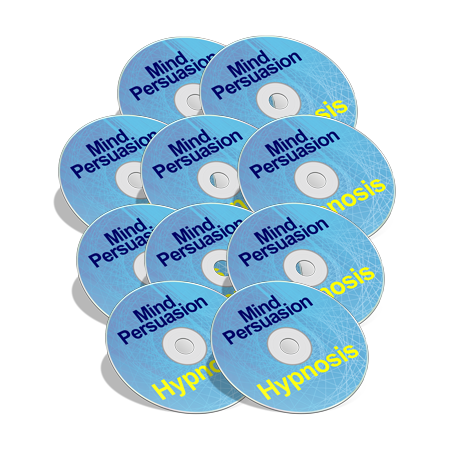You stand up slowly, and turn to face the room. You face the spellbound crowd, waiting to hear your wisdom. You pause to collect your thoughts, imagining exactly how you want the crowd to respond to your call to action, knowing full well they will once they hear your irresistible message. You take a deep breath, not to calm your nerves, but to give your voice power and strength, enough to capture the attention and imagination of those sitting in the back row.
You can do this naturally and easily, because you have the learned the skill of persuasive oratory. You have learned to project your message so those that hear cannot help but to do what you say. In case you’ve forgotten this skill, here are a few pointers to help you remember:
Step One
Start with a powerful attention getter. Something that will yank thier minds away from their normal everyday thoughts and towards your incredibly moving message. Once I gave a speech to my local toastmasters group on fear, how to embrace fear and use fear to your advantage. My attention getter? I screamed at the top of my lungs as if I was terrified. Did it work? Absolutely!
Step Two
Pace your audience. Say things that they can’t help but agree with.
“Today’s economy is tough.”
(No matter how bad or good the economy is, people will agree with that statement.)
“You all want to get ahead in life.”
(Who doesn’t?)
“You’ve come here to improve yourself.”
 (Who hasn’t?)
Spend three or four mintues getting your audience comfortable with agreeing with what you are saying.
Step Three
Demonstrate that you know about what they need. Identify their pain. Show them that you understand what it is they want.
“You are having problems making ends meet.”
“You need to improve your skills so you can make more money.”
“You want to be able to increase your sales.”
You will need to tailor the above statements to meet the specific needs of the people you are speaking to. If you tell a book club they need to increase their life insurance, they might disagree with you. But if you tell a group of soon to be graduating college students they need to sharpen their resume building and interview skills, they’re more likely to agree with you.Â
Step Four
Introduce the pain of non-action. Now, it might sound mean to purposely cause somebody pain, but if your purpose is to help them in the long run, and if you believe by doing what you say, it will benefit them, it’s ok.
“If you don’t get your resume as good as your competition, you won’t get the job you want.”
“If you don’t practice and sharpen your interview skills, the person sitting next to you will get hired instead of you.”
Step Five
A call to action. Review their needs, the pain of non action, and then give them a specific step to move in the direction that you want them to go. (Please note, if you tell them to go in a direction that will only benefit you and not them, then you should become friends with this guy.) If you are truly giving advice that will help others, make sure you will benefit as well. Win win situations are the best.
The more you realize that simply because you have life experience that can benefit others, the more you will be able to not only help out people, but increase your skills and help yourself out as well.
